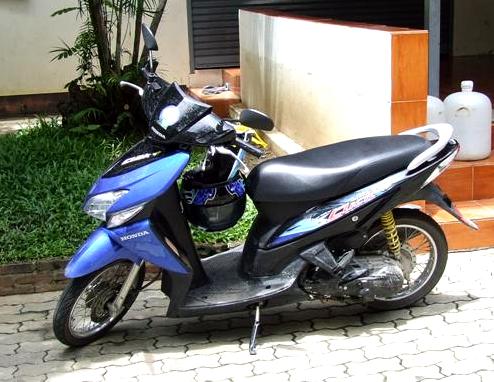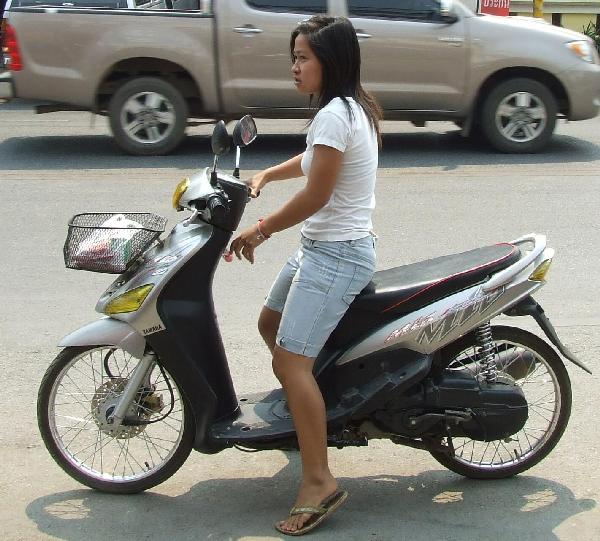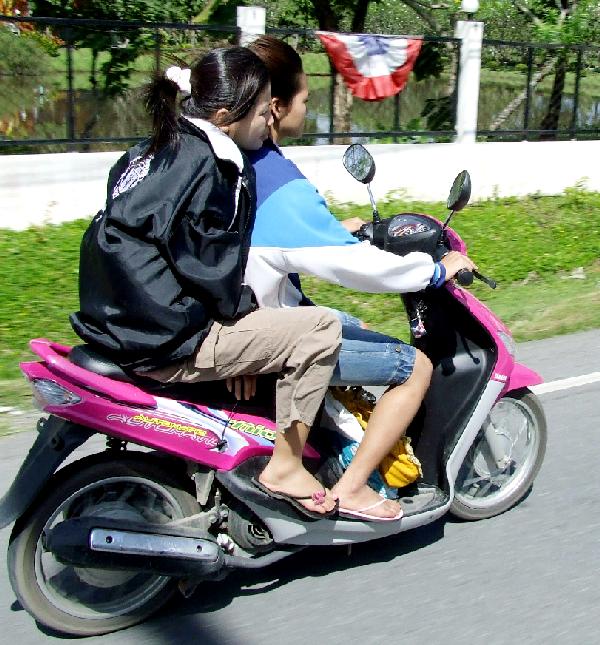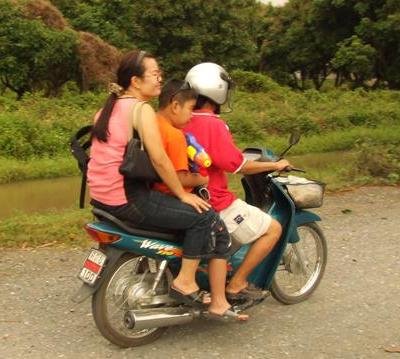Motor Scooters: Passengers on a Scooter
Site Map
What's New
Features
Scooters from Amazon.comYes Man, Scooters in Film
Larry Crowne and scootering
Helmet Free scootering
Scooters in a failing economy
Scooter Economy
Scooter ROI Analysis
Scooter pays for itself
Types of Motorscooters
Why ride a scooter?
Motorscooter FAQ
Buying Scooters Online
Join Our Mailing List
Recommend this site
Scooter Inspiration
Scooter EconomyMotorscooter Advantages
Motorscooter Disadvantages
Motorscooter Books
Motor Scooter Poetry
Business Scooter Travel
Motorscooter Posters
Motorscooters in California
Scooting in the UK
Green Scooting in China
Scooting in Italy
Motorscooters in Iraq
Motor Scooter History
The Ice-Cream Scooter
Pets and Motorscooters
RVs and Motorscooters
Gas vs. Electric Scooters?
Put-putting Pleasures
Recommended Scooters
Scooter Culture
Larry Crowne (film)
Dating and Scooter Culture
Motorscooter Freedom
Motor Scooter Image
Scooter Lib
Back to School on a scooter
Motor Scooter Music
Motorscooter Camping
Types of Motorscooters
Classic Motor ScootersItalian Motor Scooters
The Vespa Motorscooter
The Aprilia Motorscooter
Falcon Electric Scooters
50cc Motorscooters
Kymco Motorscooters
GT Chaunl Scooters
Chinese Motor Scooters
TANK Motorscooters
The RoadRunner Scooter
Roketa Motorscooters
The I-scooter
Moped Scooters
Mopeds
Scooter Choices
Best Scooter DealsThe Performance Scooter
The Luxury Scooter
The Minimalist Scooter
The Classic Scooter
The Basic Scooter
The I-scooter
The Electric Scooter
Stand-up Scooters
The Mobility Scooter
Used Motorscooters
California Legal Scooters
Toy Scooters
Practical matters
Trouble starting a scooterScooters and the Environment
Scooter Return On Investment Analysis
Motor Scooter Repair
The Scooter Commute
Scooter Repair Shops
Scooter Replacement Parts
Vespa Repair
Scheduled Maintenance
Fuel Efficient Driving
Essential Scooterist Kit
Passengers on a Scooter
Motor Scooter parking
Using the Kick Starter
Motor Scooter Batteries
Motor Scooter Stands
Rotating a Scooter
Cargo Storage Issues
Chinese Scooter Alarms
Scooter Roadside Assistance
Affordable Insurance
Scootering in groups
Motorscooter safety
Motorscooter SafetyDriving a Motorscooter
MSF Manual: Your Scooter
Scooters and Potholes
Important, before you drive
Motorscooter Helmets
All-weather Scootering
The Oily Path of Safety
Motorscooter Journal
Motorscooter JournalOff-highway scooter routes
The Scooterdoc
Scooter Choice Ethics
India Shuns Scooters
Left-handed Motorscooters
Other Types of Scooters
Mobility ScootersScooter-inspired Vehicles
Electric Motorscooters
The Three-wheel Scooter

Vespa Service In
Southern California
Passengers on a Scooter
WARNING: The conventions for carrying passengers on a scooter in various countries can be hazardouns. Always comply completely with local safety regulations and wear a helmet. See Motorscooter Safety and the Motorcycle Safety Foundation scooter safety manual: Your Scooter.

Nearly all scooters have a pillion seat for a passenger to ride behind the driver. Local regulations aside, the primary pragmatic limit on extra riders on a scooter is the overall weight. Too much passenger weight will cause rubbing and eventual abrasion of the rear mudguard, may cause instability, and will hamper uphill driving depending upon the incline and the size of the motor. There may be other dangers.

Cargo is carried over the shoulder or up front.
Though most US states restrict scooter riders to two -- the driver and one passenger, regulations elsewhere are much more flexible and scooter design reflects this, many US-sold scooters being built for exactly two riders, while in Asia, long-bench scooter design can accomodate several more.

but the passenger controls the relationwhip.
A boy will never forget feeling for the first time
those two gentle spots of pressure on his back.
That is a lot of power. Use it wisely.
Scooters are the primary dating vehicle in much of the orient (See Dating and Scooter Culture). While the driver is in control of the scooter, the pillion-seat passenger is in charge of the relationship.

In much of the world, it is not unusual to see an entire family on a single scooter -- several seated along the bench and a child, either standing in front or in a carseat on the front deck and/or strapped to mommy in back.
The stated passenger weight limit of a 150cc scooter tends to be around 350 lbs., thus a passenger load of two adults and children often falls quite within proscribed limits.

Grandma goes in back.
US state laws in general prohibit this practice which can be very dangerous. Always exercise caution and comply with local regulations.
There are scooter-inspired vehicles which can carry a whole family very economically and legally (even in California), and still remain scooters. See Scooter-inspired vehicles.
Bookmark this page to: